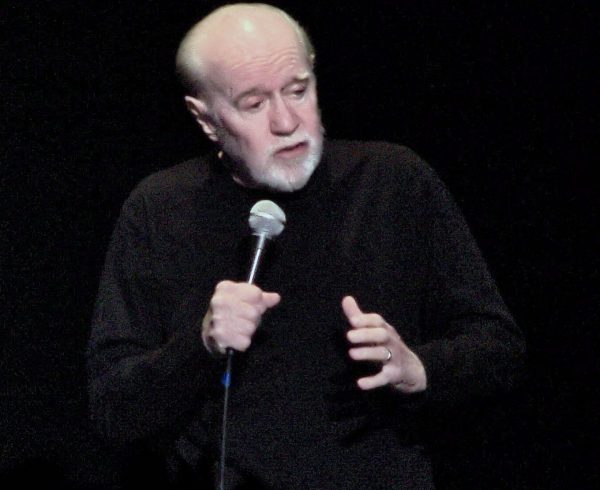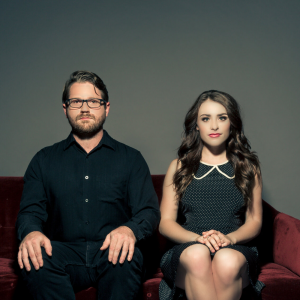As the TV in the background blared out the latest coverage of the Mexico City Earthquake and reports of hundreds dead, a friend with her eyes glued to the TV exclaimed, “Oh my God! It’s like the world is coming to an end.”
Unbeknown to her 32 years to the day quite incredibly, on September 19, 1985 an even worse earthquake happened in the exact same place – Mexico City. Actually it was a series of earthquakes registering between 7.5 and 8.1. They killed an estimated 5,000 to 30,000 people, left more than 100,000 homeless and caused $4 billion in damage.
But it helped make this earthquake a little less deadly, and it may help save lives in the United States too.
That’s because as horrible as that was, the catastrophe motivated Mexico’s engineering schools to focus more on earthquake engineering and to form partnerships with the U.S. and Japan to study the topic. Within only a few years, that resulted in the development of early warning systems for earthquakes.
Subsequently Mexico City is nowadays one of the few places to boast such a system. The first of its kind in the world, it was put in place six years after the 1985 quake. And on Sept. 19th, when the earth started shaking in Mexico about 75 miles from the country’s capital, early warning sirens blared in Mexico City and successfully gave people crucial seconds to escape to some kind of relative safety. Who knows how many lives it saved?
That same system is currently under development in the United States, and in fact this year will become partially operational on the West Coast. The system, called ShakeAlert, uses ground-based sensors to identify the initial P-waves (which usually aren’t that destructive) created by an earthquake within seconds after it begins, and warns people before the really powerful and destructive S-wave hits. Sometimes those warnings will even come a full minute or two before tremors are felt. Earthquake warnings of even a few seconds can be a lifesaver in dozens of vulnerable situations.
I hope this system survives previously slated budget cuts this year. Maybe the Mexico City earthquake will assure that it does become a reality.
More Quakes to Come
It’s not my friend’s fault that she wasn’t aware of that earlier earthquake – she wasn’t even alive back then.
And I guess that’s one of the advantages of getting a bit older – yes I am middle aged now and proudly admit it. It means you have a history and you can recall a little bit of the world’s history. Not because you read about it or learn it in books, but because you have lived it.
In the 49 years I have been on this planet I survived several hurricanes and tornadoes, and the 1994 Northridge earthquake, which lasted a terrifying 20 seconds and produced the highest ever ground acceleration recorded in an urban area in North America. It was felt as far away as Las Vegas. That quake killed 57, injured more than 8,700, and by some estimates caused $50 billion in damages, making it one of the costliest natural disasters in U.S. history.
Incidentally, I have also been held up at gunpoint, and survived a home invasion. I have survived multiple life changing breakups, medical disasters in my life and my family, and lived through five or six U.S. led wars.
And I am still here. And so are a whole lot of other people.
So maybe those of us who have been around can tell the next generation that disasters happen. So do many other horrible things. But they can make us better and stronger for the future. That is if we look at them through the lens of time and learning.
And if we realize it’s not the end of the world and start getting ready for the life of the world to come.
Or to put it in the words of Winston Churchill who said famously at the end of World War II, “Now this is not the end. It is not even the beginning of the end. But it is, perhaps, the end of the beginning.”











